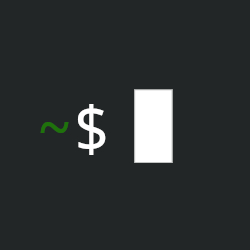I’m getting ready to switch but there are a few things that I could not figure out how to do optimally. Here’s one of those, maybe you can help me with that:
For the past 30 years on Windows when I found a new application I wanted to use I put it in D:\Tools. Almost all applications don’t actually need to be installed even if they are only distributed in an installer. That meant that to move my tool collection to a new computer I pull out the D-Drive, mount it in the new computer as D and I’m instantly ready to go.
On Linux there are 2 scenarios flatpak or traditional Package Manager distributions.
For flatpaks putting them on a specific drive seems easy enough.
But how do I handle applications that are not (yet?) available as a flatpak? I tried Nix but decided I’m not ready for that. I could put everything in a bash script but that seems clumsy and would be work to maintain. Is there any other clever way to avoid manually installing my defaults when I updgrade / reinstall my OS?


Alright fine, forget about the upgrade. Let’s say I put together my system tomorrow. I find my preferred Audio Player, Browser, Password Manager and a couple of other things. In 10 years I want to move to a new computer, how do I get all of these things over on the new system without reinstalling the tools manually.
Well, if you are still going to be using those exact same tools in 10 years, then realize that it is identical to framing it from one day to another. I’m using X software today (regardless if I installed it 10 years or 10 days ago), how do I get it over to a brand new system tomorrow? Easy, you clone your drive.
Most Linux systems are easily reproducible via snapshots, cloning, etc. There are several tools to do it, since it is the bread and butter of servers sysadmins all over the world.
It’s irrelevant how much time has passed, and thanks to update cycles of most distros, your OS will already be up to the point you would want it to be in a different system. Compared to Windows, Linux systems have a far lower library entropy. You won’t accumulate registry entries or leftover files from old versions, configurations corrupted by auto-updates or anything of the sort. So your system today is exactly what you would get if you installed a new system and installed the same libraries and apps manually tomorrow.